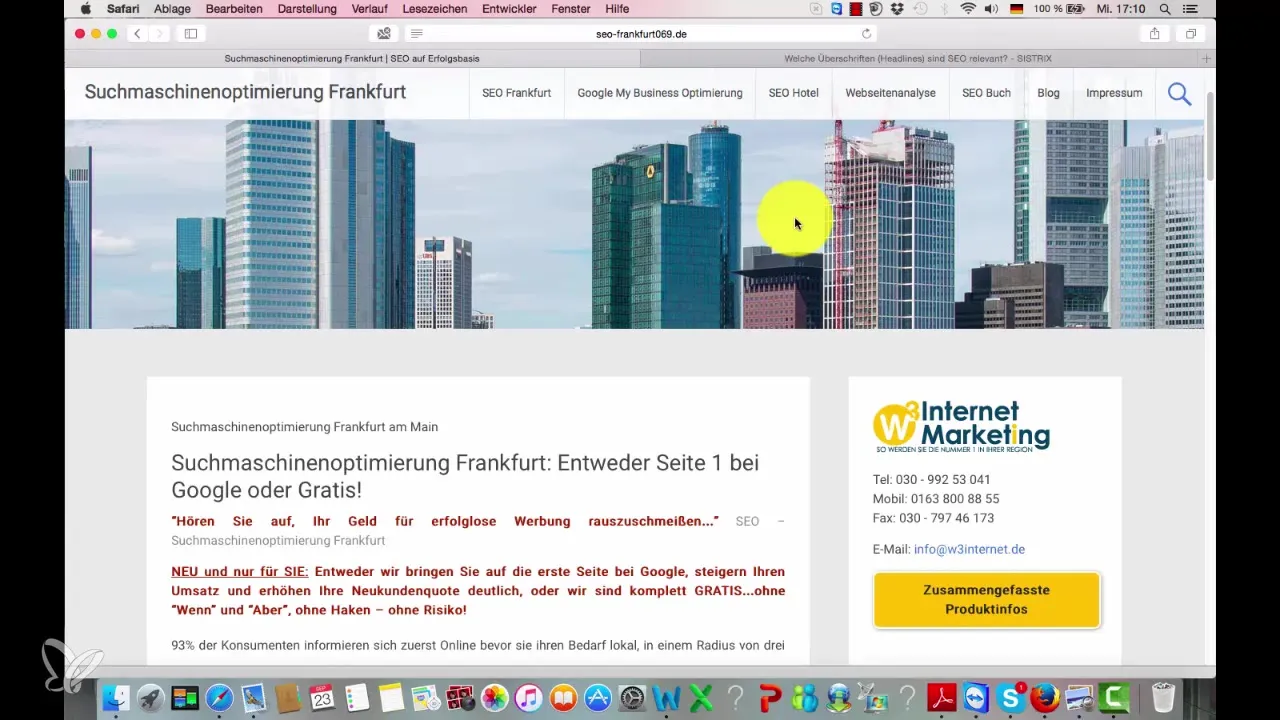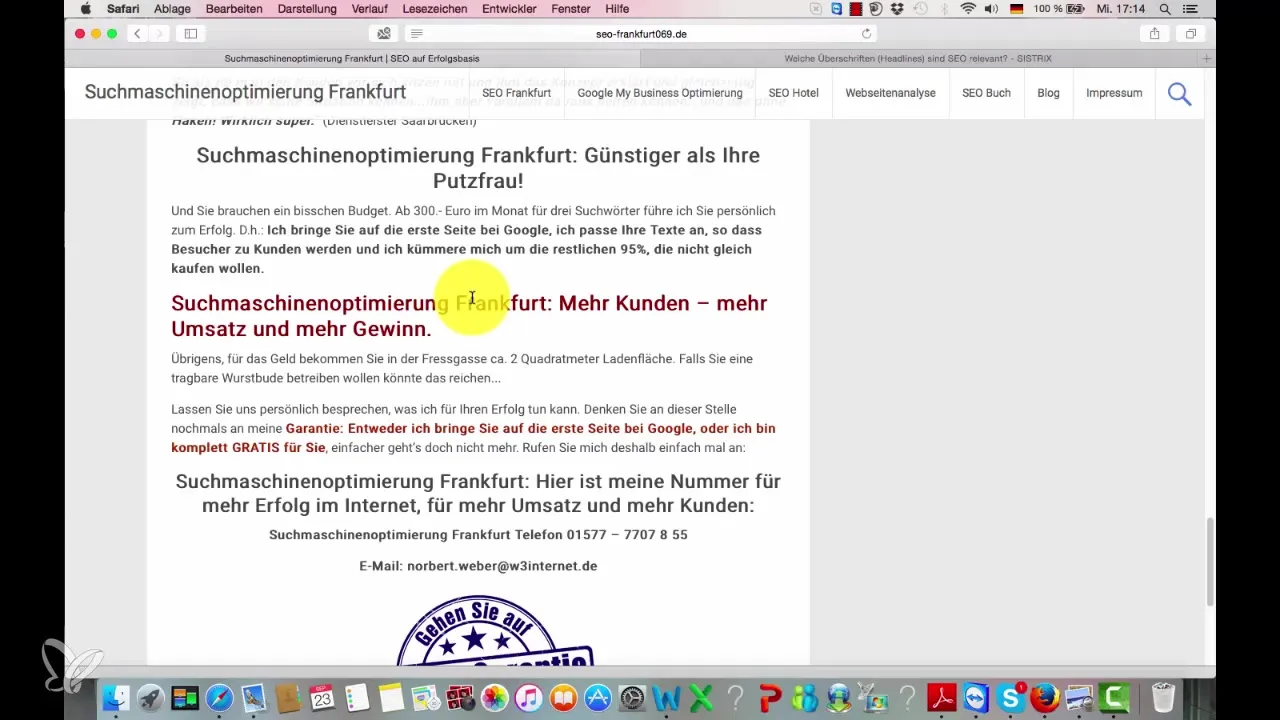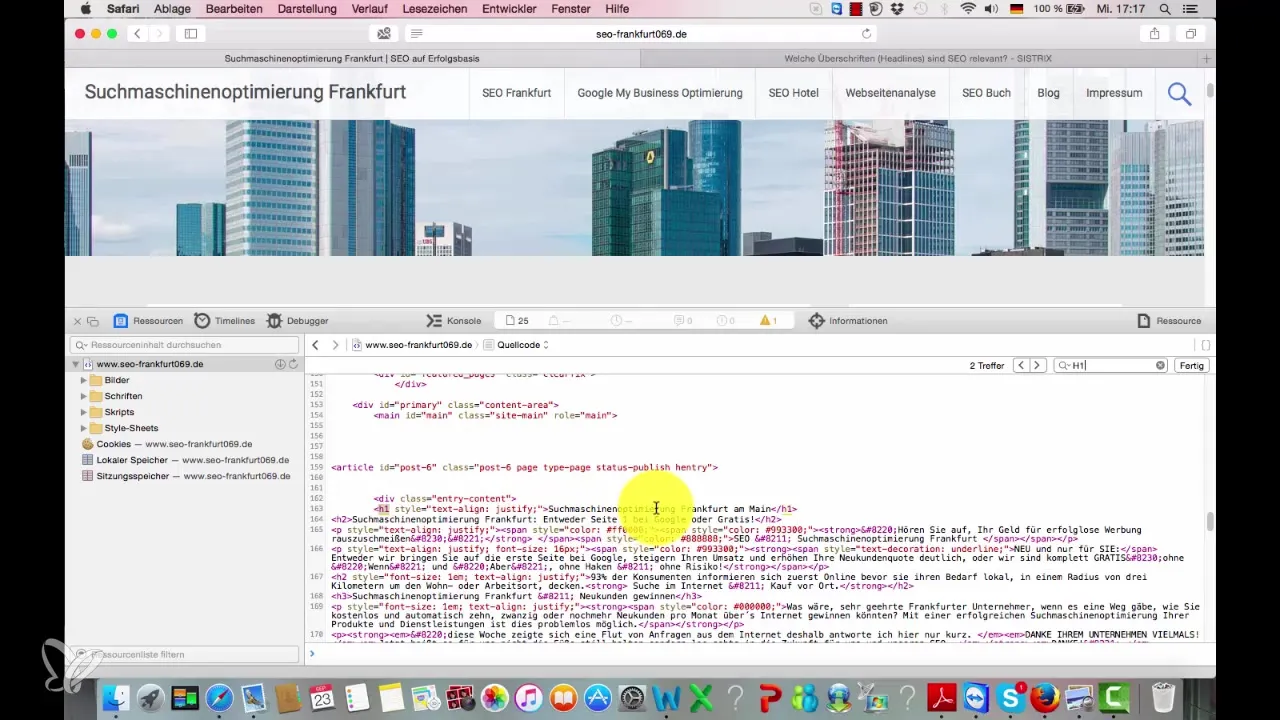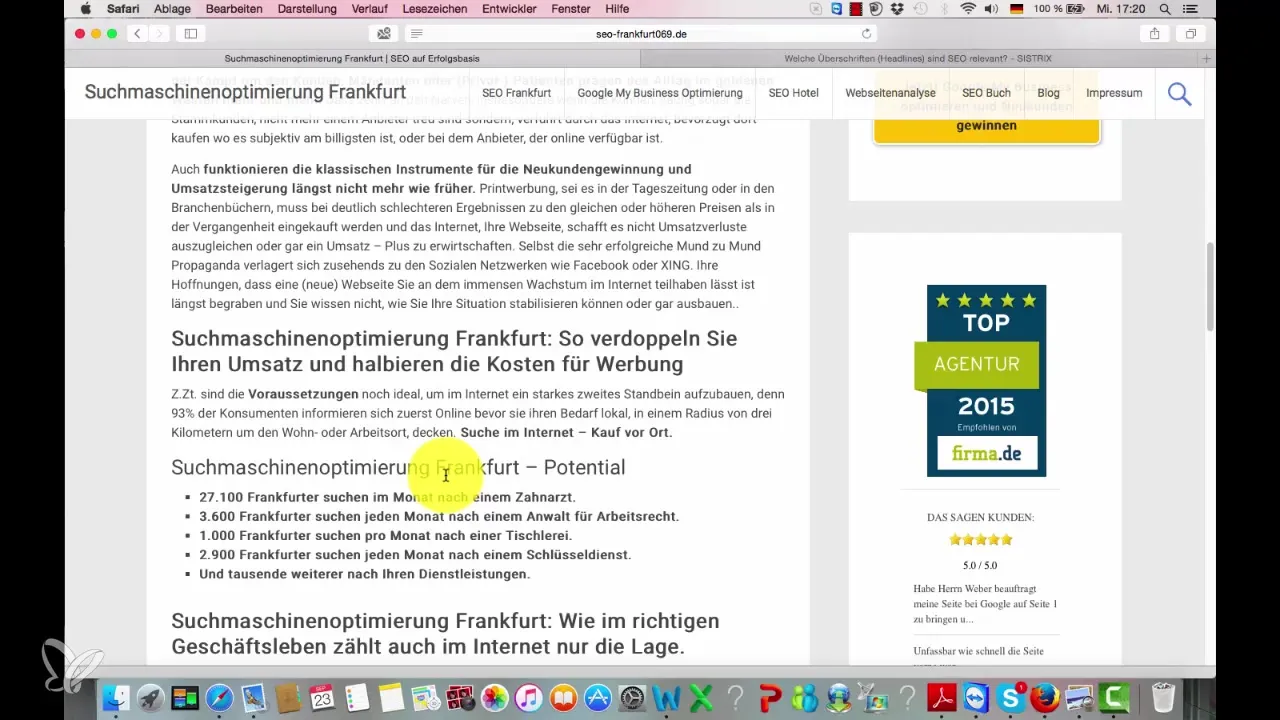In search engine optimization (SEO), headings are one of the central components you must master to capture the attention of readers and search engines for your content. Here you will learn how to effectively structure and implement headings to improve your rankings.
Key Insights
- Headings create the semantic structure of your content.
- Use H1 to H4 for the main outline of your documents.
- Pay attention to the length of the headings according to their category.
- The headings should ideally begin with your main keyword.
The Importance of Headings in SEO
Headings are not just decorative elements of your content. They are essential for the structure and readability of your texts. They help both readers and search engines easily grasp the content of your document. The main headings (e.g., H1) indicate the main theme, while subheadings (H2, H3, H4) assist the reader in navigating complex information. Effective and well-structured headings not only enhance user experience but also facilitate crawling by search engines.

Step-by-Step Guide to Crafting Headings
Step 1: H1 – The Main Heading
Your document should always begin with an H1 heading. This should summarize the central theme of your text in a unique and concise manner. It is important that the H1 heading ideally contains between 40 and 55 characters. This length ensures that it is appealing to both readers and search engines.
Step 2: H2 – The First Subheadings
Following the H1, there should be one or two H2 headings. These should further subdivide important topics or sections of your content. Their length should be between 120 and 160 characters. The H2 provides readers with an initial overview of the structure of your text and often contains similar keywords to the H1.
Step 3: H3 – Detailed Subdivisions
For a more precise breakdown of your content, you can use H3 headings. These can be used multiple times and serve to further break down topics that are covered in the H2 headings. Here, the exact word count is not as strict, however, you should ensure that H3 headings are thematically relevant and promote user-friendliness.

Step 4: H4 – The Final Outlines
At the end of your document, you can add one or more H4 headings. These allow for additional information or subtopics that you want to provide to readers. Ensure that the H4 headings, like the previous ones, are thematically and structurally aligned with the overarching categories.

Step 5: Layout and Technical Aspect
The formatting of your headings should be easy to implement in your content management system (CMS). In WordPress, for example, you simply click on the heading icon and select the appropriate header level. If you're unable to do so, asking your webmaster for assistance may be necessary for technical adjustments.
Step 6: Checking the Source Code
To ensure that everything is implemented correctly, you should take a look at the source code of your website. Right-click on the page and select "View Page Source." Here you can verify the H1, H2, H3, and H4 through the search function. This ensures that all headings are correctly set and that their arrangement follows SEO best practices.

Step 7: Applying LSI Keywords
While creating your H3 and H4 headings, also remember to use LSI keywords (Latent Semantic Indexing). These are thematically related terms that support your main keywords and help the reader better understand the context of your content. This can increase your chances of being ranked better in search engines.

Summary – Achieving Better Visibility with Targeted Headings
In summary, when creating your content, you should always aim for a clear and efficient hierarchical structure with H1 to H4. This structure helps both readers and search engines to better understand your content and immediately recognize the main topics.
Frequently Asked Questions
How many H1 headings should I use?You should always use only one H1 heading per document.
How long should an H2 heading be?Ideally between 120 and 160 characters.
How many H2 headings are reasonable?Use at least one and a maximum of two H2 headings per document.
Should headings always start with the main keyword?Yes, this improves the chances of your content being included in search results.
What are LSI keywords?Latent Semantic Indexing keywords are thematically related terms that complement your main keyword.


